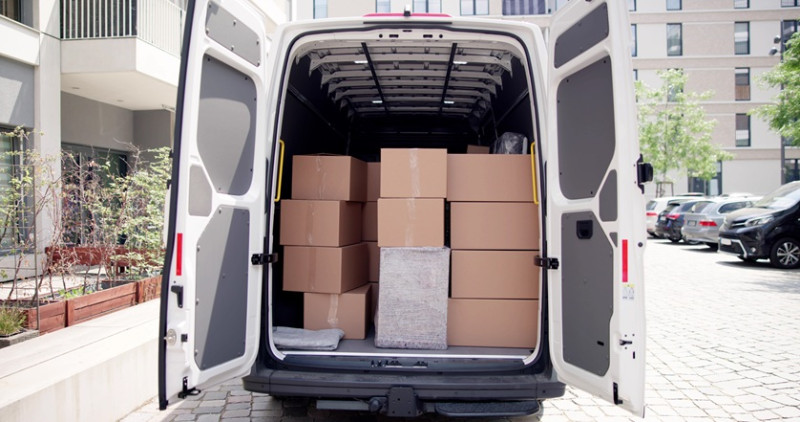
Moving overseas can be an exciting yet daunting experience. With so many details to consider, it’s easy to feel overwhelmed. To help you navigate this complex process, we’ve created a comprehensive checklist that covers everything from packing your belongings to managing essential paperwork. Follow this guide to ensure a smooth transition to your new home abroad.
1. Planning Your Move
Before you start packing, it’s crucial to have a solid plan in place. Here are some steps to consider:
1.1 Set a Moving Date
Choose a date that allows you enough time to prepare. Consider factors like your job start date, school schedules, and the best time of year to move to your new location.
1.2 Create a Moving Budget
Moving can be expensive, so it’s important to create a budget. Include costs for:
- Shipping your belongings
- Travel expenses
- Temporary accommodation
- Insurance
- Miscellaneous fees
1.3 Research Your Destination
Familiarize yourself with your new country. Research local customs, laws, and the cost of living. This will help you adjust more easily once you arrive.
2. Organizing Your Belongings
Once you have a plan, it’s time to start organizing your belongings. Here’s how to do it effectively:
2.1 Declutter Your Home
Before packing, go through your belongings and decide what to keep, sell, donate, or discard. This will reduce the volume of items you need to move and can save you money.
2.2 Inventory Your Items
Create a detailed inventory of all the items you plan to take with you. This will be useful for insurance purposes and customs declarations.
2.3 Choose the Right Packing Supplies
Invest in quality packing materials to protect your belongings during transit. Consider the following:
- Sturdy boxes
- Bubble wrap
- Packing tape
- Markers for labeling
3. Packing Your Belongings
Now that you’ve organized your items, it’s time to pack them. Here are some tips:
3.1 Pack Room by Room
Start with one room at a time to avoid feeling overwhelmed. Label each box with its contents and the room it belongs to.
3.2 Use Proper Packing Techniques
To prevent damage, use the following packing techniques:
- Wrap fragile items in bubble wrap or towels.
- Fill empty spaces in boxes with packing peanuts or crumpled paper.
- Don’t overload boxes; keep them manageable in weight.
3.3 Keep Essentials Accessible
Pack a separate bag with essentials you’ll need immediately upon arrival, such as:
- Clothing for a few days
- Toiletries
- Important documents
- Chargers for electronics
4. Managing Paperwork
One of the most critical aspects of moving overseas is handling the necessary paperwork. Here’s what you need to do:
4.1 Obtain Necessary Visas and Permits
Research the visa requirements for your destination country. Apply for the necessary visas well in advance to avoid delays.
4.2 Prepare Important Documents
Gather and organize important documents, including:
- Passports
- Birth certificates
- Marriage certificates
- Medical records
- School records for children
4.3 Set Up International Health Insurance
Ensure you have adequate health insurance coverage that extends to your new country. Research local healthcare options and consider purchasing international health insurance if necessary.
5. Shipping Your Belongings
Deciding how to ship your belongings is a crucial step in the moving process. Here’s what to consider:
5.1 Choose a Shipping Method
There are several options for shipping your belongings:
- Air freight (faster but more expensive)
- Sea freight (more economical for larger shipments)
- International moving companies (full-service options)
5.2 Get Quotes from Moving Companies
Contact multiple moving companies to get quotes. Compare services, prices, and reviews to find the best option for your needs.
5.3 Understand Customs Regulations
Research the customs regulations of your destination country. Be aware of any restrictions on certain items and ensure you have the necessary documentation for customs clearance.
6. Preparing for Arrival
As your moving date approaches, it’s time to prepare for your arrival in your new country:
6.1 Arrange Temporary Accommodation
If you don’t have a permanent place to stay upon arrival, book temporary accommodation in advance. Consider options like hotels, hostels, or short-term rentals.
6.2 Set Up Utilities and Services
Research how to set up utilities (electricity, water, internet) in your new home. Contact providers in advance to ensure services are ready when you arrive.
6.3 Familiarize Yourself with Local Transportation
Learn about local transportation options, such as public transit, taxis, or car rentals. Download relevant apps to make navigation easier.
7. Settling In
Once you arrive, it’s time to settle into your new home. Here are some tips to help you adjust:
7.1 Explore Your New Neighborhood
Take time to explore your new neighborhood. Visit local shops, parks, and restaurants to get a feel for the area.
7.2 Connect with the Community
Join local groups or clubs to meet new people and make friends. This can help you feel more at home in your new environment.
7.3 Stay Organized
Keep your important documents organized and easily accessible. This will help you manage any issues that arise as you settle in.
Conclusion
Moving overseas is a significant undertaking, but with careful planning and organization, you can make the process smoother. Use this essential checklist to guide you from packing to paperwork, ensuring that you’re well-prepared for your exciting new adventure. Remember, the key to a successful move is to stay organized, remain flexible, and embrace the journey ahead!
